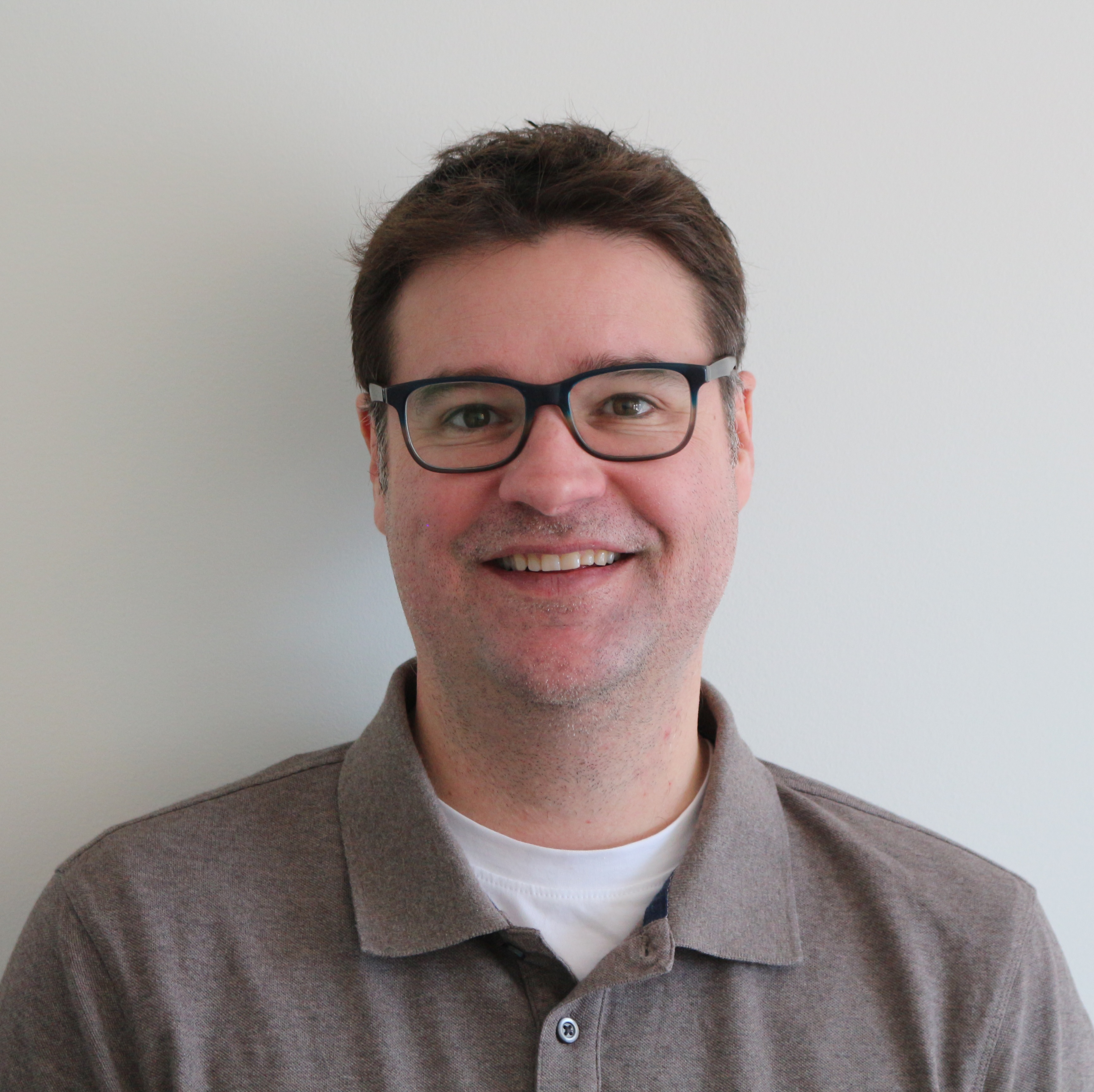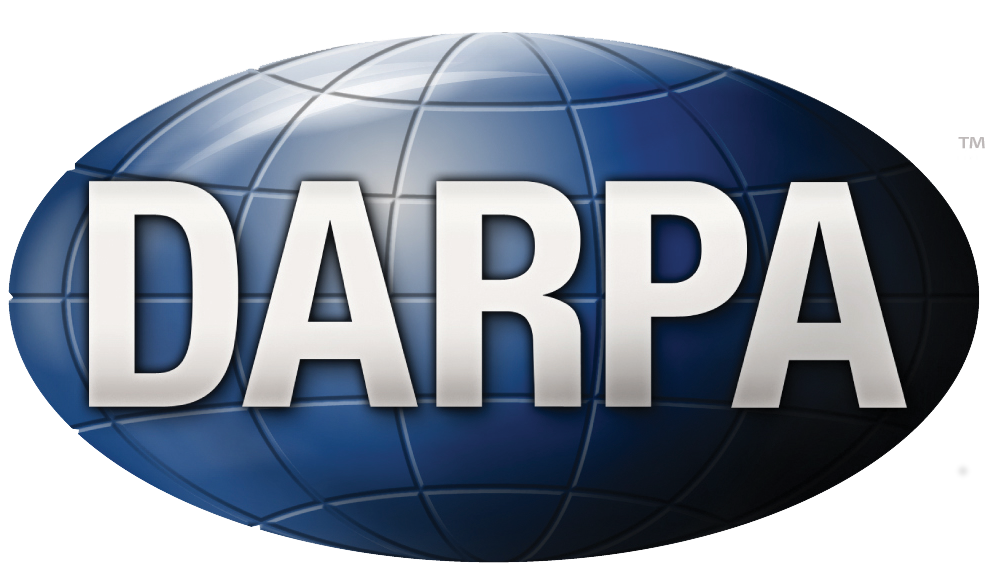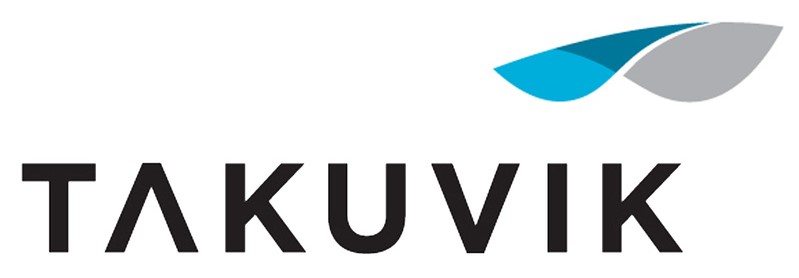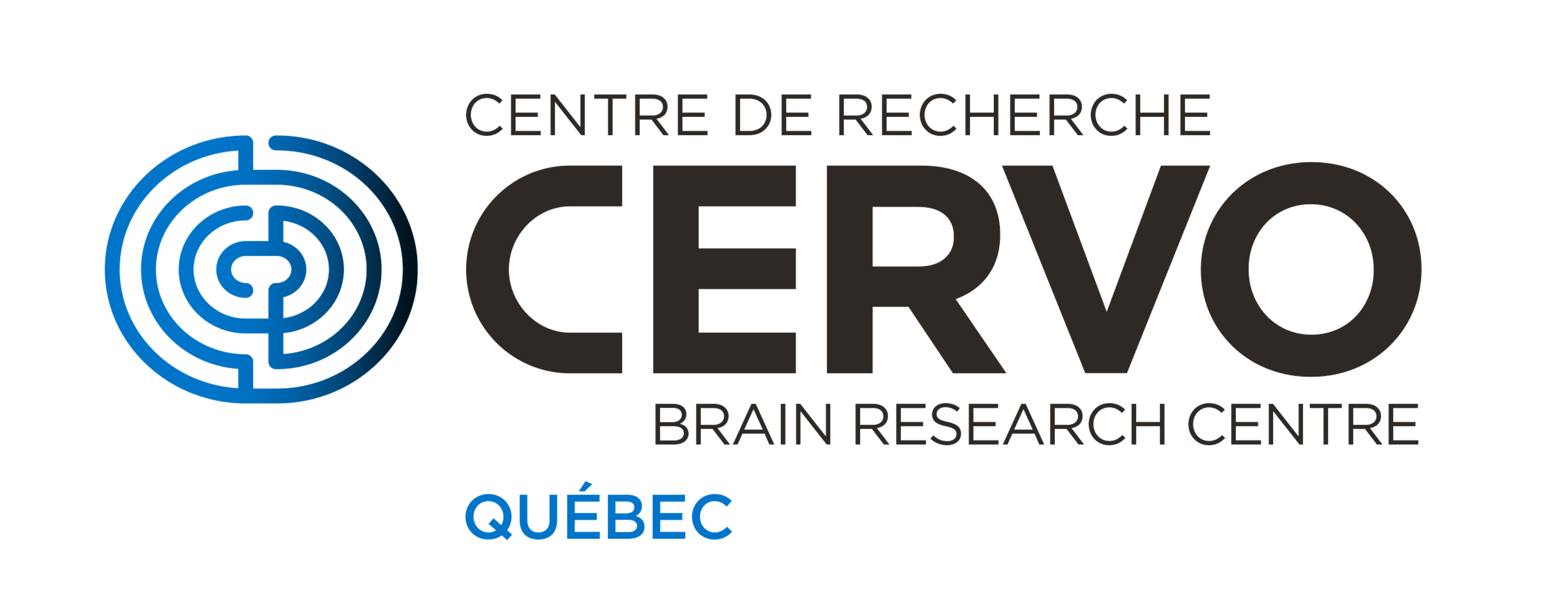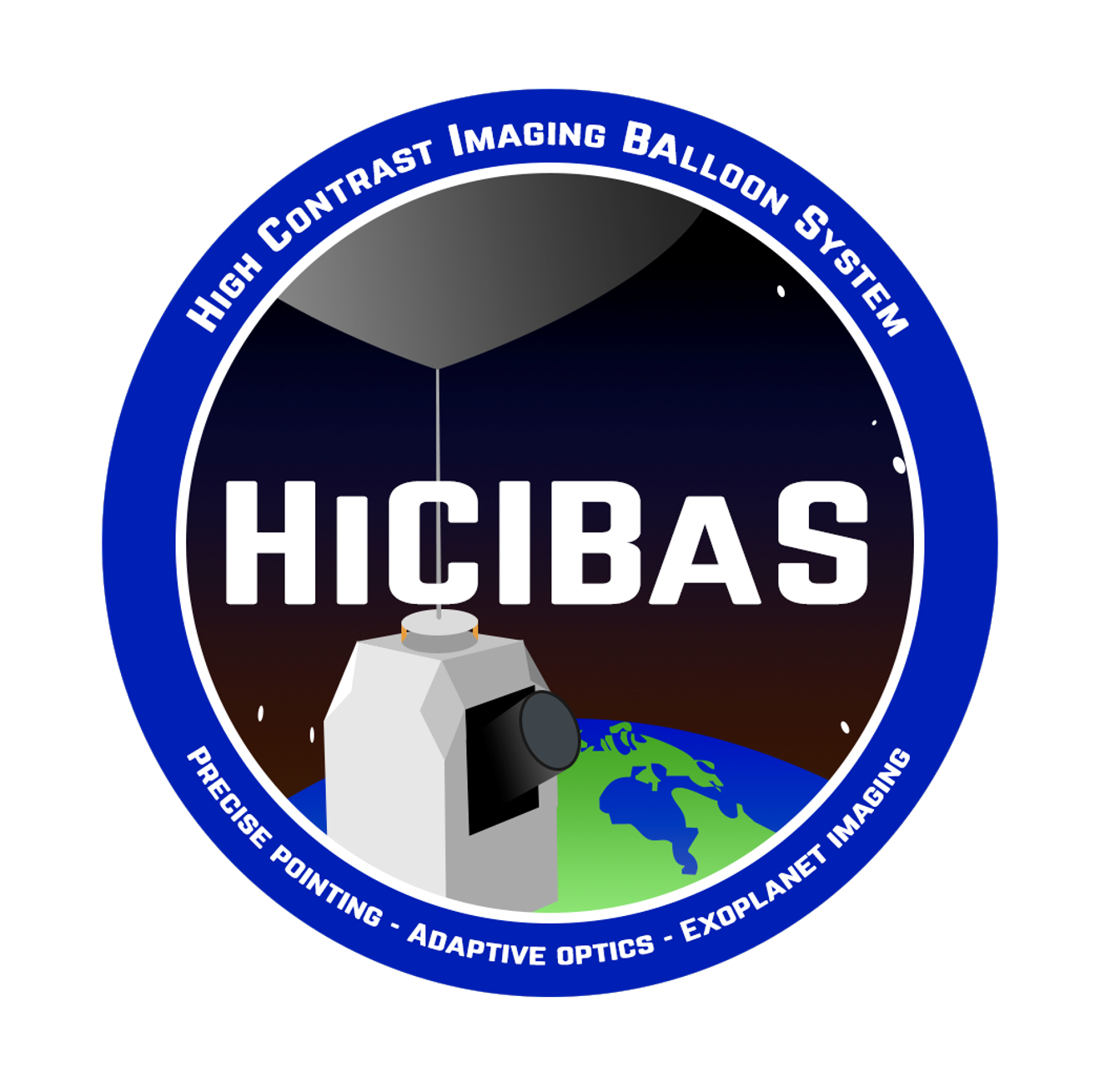Research team
Denis Brousseau PhD, Research associate
Université Laval, Pavillon d'optique-photonique, office 3145
Telephone: 418-656-2131 ext. 404646
denis.brousseau@copl.ulaval.ca
Expertise: Lens design, metrology, astronomical instrumentation, adaptive optics
Denis Brousseau received his PhD in physics from Université Laval in 2008, under the supervision of Professor Ermanno F. Borra. After his doctorate, he joined Prof. Simon Thibault's team at the NSERC Industrial Research Chair in Optical Design at Université Laval as a research professional. Denis Brousseau carries out optical design work of a scientific or industrial nature and participates in the research activities of the Chair. In astronomical instrumentation, he participated in the design, assembly and carried out the tests of the optical components of SITELLE and SPIRou, two instruments for the Canada-France-Hawaii telescope. He developed an optical simulation bench for NIRISS (JWST) and made the optical design of PESTO (OMM) and the KECK laser asterism generator. He has also worked on NIRPS (Near Infra-Red Planet Searcher), an infrared spectrometer for ESO's 3.6m telescope in Chile, and on GIRMOS (Gemini Infrared Multi- Object Spectrograph) for the Gemini Observatory.
Béatrice Lessard-Hamel Msc, Research associate
Université Laval, Pavillon d'optique-photonique, office 3145
Telephone: 418-656-2131 ext. 404646
beatrice.lessard-hamel@copl.ulaval.ca
Expertise: Optical engineering and instrumentation
Béatrice Lessard-Hamel earned her Master's degree in Biophotonics from Université Laval in 2023, where she conducted research under the supervision of Professor Marcel Babin. Following her graduation, she joined the NSERC Industrial Research Chair in Optical Design at Université Laval, led by Professor Simon Thibault, as a Research Professional. In her current role, Béatrice specializes in optical engineering projects, both scientific and industrial, and actively contributes to the research activities of the Chair. Her expertise spans multiple domains, including astronomical instrumentation, phase contrast microscopy, and industrial applications. She is currently contributing to the design, assembly, and testing of optical components for GIRMOS (Gemini Infrared Multi-Object Spectrograph). She has developed and is currently optimizing a phase contrast microscope specifically designed for sea ice analysis. Béatrice has led and collaborated on a variety of challenging industrial projects, applying her optical engineering expertise to solve complex technical issues and enhance system performance.
Frédéric Lamontagne, P. Eng., Research associate
Université Laval, Pavillon d'optique-photonique, office 3149
frederic.lamontagne@copl.ulaval.ca
Expertise: Optomechanical engineering
Frédéric Lamontagne is a senior optomechanical engineer with over 20 years of professional experience. He has conducted advanced research in the field of optomechanics and participated in the design, development and testing of several complex optical systems for astronomical, space, military, medical, scientific and industrial applications. His primary field of interest is optomechanical design and performance analysis of complex optical systems operating in severe environmental conditions. Over the past few years, Frédéric has performed a comprehensive study on the interaction between lenses and mounts and on optomechanical tolerance analysis. He has authored a chapter and co-authored two chapters on optomechanical tolerance analysis and lens mounting in the 2nd edition of the Handbook of Optomechanical Engineering. He has also authored several technical papers and has 10 granted US patents.
Hugues Auger, Senior technician
Université Laval, Pavillon d'optique-photonique, office 00302C
Telephone: 418-656-2131 ext. 402508
hugues.auger@copl.ulaval.ca
Expertise: Fabrication, optical test, assembly and characterisation, thin films, microfabrication
Hugues Auger obtained a technical college degree in physics engineering from Cégep de La Pocatière in 1988. He then joined INO as a technician where he participates in all the step of product fabrication, from planification to final inspection. He also trains other employees and is responsible for various equipments and faclities. He is experienced with a variety of specialized equipment and different measurement tools. In 2009, he joined the NSERC Industrial research chair in optical design at Université Laval. His advanced expertise in diffraction optics, lithography, microengraving, microfabrication and characterisation is put to good use. He is also the technician responsible for optical assembly and characterisation lab, and for the optical component fabrication lab.
Guillaume Allain, PhD student
Université Laval, Pavillon d'optique-photonique, office 3134
Telephone: 418-656-2131 ext. 404584
guillaume.allain.1@ulaval.ca
Development of bio-inspired optical systems
Biomimicry is a design philosophy that guides the development of new technologies by taking inspiration from solutions that are developed naturally by living organisms. Many of the problems encountered in engineering are similar to those that can be encountered in nature. The solutions that are found by evolution through natural selection are often unique and move away from those that are already used in engineering.
In the field of optics, it becomes natural to take inspiration from the different ways in which the living world has adapted to use the light that surrounds it. The eyes are an example of specific adaptation of animal species to their way of interacting with the environment. The research project will focus on these solutions by applying them to optical systems for digital vision. In particular, we will focus on the problems in active vision, which uses the movements of the optical system to obtain more information on the scene to be analyzed.
Samira Arabpou, PhD student
Université Laval, Pavillon d'optique-photonique, office 2177
Telephone: 418-656-2131 ext. 416566
samira.arabpou.1@ulaval.ca
Modeling, optimisation and fabrication of lens-less imager
Lens-less imaging modality used the complex light transfer function to reconstruct images recorded by standard camera (CMOS or CCD). The ligth from the object is modulated by an amplitude or phase mask in front of the camera. While this modality is known, the type of imager wasn't studied or optimized using lens design software. We proposed to develop a new method to optimise lens-less imager based on lens design practice.
Guillaume Bédard, Master's student
Université Laval, Pavillon d'optique-photonique, office 2177
Telephone: 418-656-2131 ext. 404584
guillaume.bedard.7@ulaval.ca
Low-light single-shot polarimetric imaging
Polarimetric imaging allows us to obtain more information on the observed scene in comparison to traditional intensity imaging. For example, it is possible to discriminate man-made from natural objects by the polarisation state of the reflected light. Identifying materials and the orientation of the observed objects is also possible with this kind of imaging. Traditionally, a polarimetric system uses a rotating polariser to capture 4 images with 4 different transmission angles of the polariser. However, this method is highly sensitive to intensity fluctuation during the acquisition process and noise in the electrical signal in each image. It is necessary to obtain a high SNR in a single frame to counter these weaknesses in a time efficient method. The goal of this project is to develop an optical system that uses a micro polarizer array and a photon counting EMCCD (Electron multiplying charged-coupled device) camera to achieve high SNR snapshot polarimetric imaging in low-light environments.
Antoine Bouchard, PhD student
Université Laval, Pavillon d'optique-photonique, office 3134
Tel: 418-656-2131 ext. 404584
antoine.bouchard.10@ulaval.ca
Design of a tilting liquid mirror
Today's ground and space telescopes are glass mirrors. They are limited in their ability to provide resolved images of objects in geostationary orbit. The cost of building and maintaining complex optics large enough to effectively track objects at this distance is prohibitive. Another major limitation of space telescopes is the increasing likelihood that debris in orbit will damage solid lenses wich cannot be easily repaired. To counter increasing costs, liquid mirror technology is being studied as an alternative to glass or beryllium optics. However, it is impossible to tilt a traditional optical mirror which is therefore limited to the zenith.
My doctoral project focuses on the design of a tilting liquid mirror that does not use rotation. It is a mirror composed of a ferrofluid on which a Metal-Liquid Like Film (MELF) is placed. MELF consists of silver nanoparticles isolated through interparticle repulsion with a surfactant. Previous studies have already demonstrated the viability of ferrofluid in adaptive optics, so this project focuses on the synthesis and then characterization of MELF as an adaptive mirror. He will also be interested in the behavior of this mirror upon impact with debris and its ability to clog after being damaged. These three aspects of the research project have a strong experimental component and require a design, analysis and characterization phase in order to optimize optical performance.
Jeck Borne, PhD student
Université Laval, Pavillon d'optique-photonique, office 2177
Telephone: 418-656-2131 ext. 416566
jeck.borne.1@ulaval.ca
Modeling the optical properties of a metasurface in the context of optical design
The wavefront can be tuned by judiciously accumulate the phase through the refractive and diffractive elements of a classical optical system. Recently, the interest in metasurfaces returns as the phase, the amplitude and the polarization can be controlled over only a few microns of distance by exploiting the boundary conditions of small structures constituting the metasurface as an example. However, their use in optical design is still marginal. The optical properties of such surfaces are hard to model as long numerical simulations are needed even in the simple case of a nanofin array. This situation is troublesome to an optical designer as it greatly limits its capacity to determine an optimal combination of optical elements for a given application.
The project scopes to provide an analytical or semi-analytical model to described the surface’s effect upon an incident wavefront. The optical properties could be related to traditional aberration treatment. Thus, the metasurface would be more attractive for an optical designer. The proposed formalism could be generalized to model other metasurfaces. Then, the unique properties of these surfaces could be applied for new applications.
Antoine Chartier, Master's student
Université Laval, Pavillon d'optique-photonique, offfice 2173
Tel: 418-656-2131 ext. 404584
ancha444@ulaval.ca
Development of metasurfaces applied to a 3D imaging system.
Description will follow..
Joseph Gaulin, Master's student
Université Laval, Pavillon d'optique-photonique, office 3134
Telephone: 418-656-2131 ext. 404584
joseph.gaulin.1@ulaval.ca
Development of a Two-Photon Volumetric Projection System
Two-photon volumetric projection technology represents a groundbreaking innovation with immense integration possibilities across various domains. It offers the capability to create real-time 3D images in space. This project aligns itself within this context of technological advancement and aims to implement an innovative two-photon volumetric projection system. The primary objective of the project is to design a projector capable of focusing an infrared laser beam on each voxel of a quantum dot-doped plastic cube measuring 100 mm x 100 mm x 100 mm. This intense focal point will generate sufficient energy to excite the quantum dots, resulting in two-photon fluorescence in each voxel. The key to this project lies in the ability to rapidly move the focal point through all 1,000,000 voxels at a high frequency, enabling the creation of real-time volumetric images. This project will involve a combination of advanced optical techniques, including precise focusing of an infrared laser beam, the application of two-photon fluorescence, and the management of quantum dots within a polymer. It will also require expertise in mechanical design for the precise positioning of the focal point, as well as signal processing skills for synchronizing focal point movement and generating three-dimensional images. The application of this two-photon volumetric projection technology holds exciting prospects in fields such as medical research, interactive 3D modeling, holographic displays, and represents a significant advancement in how we perceive and interact with three-dimensional data in the real world.
Awatif Hiti, PhD student
Université Laval, Pavillon d'optique-photonique, office 3134
Téléphone: 418-656-2131 ext. 404584
awhit@ulaval.ca
Magnetic Deformation in Silicone Mirrors
This project falls within the field of adaptive optics, aimed at correcting aberrations in imaging systems in real time. Central to my approach is the use of a deformable silicone mirror, selected for its ability to offer precise deformations in response to external stimuli. This decision stems from silicone's unique flexibility, enabling it to be deformed in a controlled manner, as well as its sensitivity to magnetic fields, offering a means of precise, non-intrusive control of mirror deformation.
Control of the silicone mirror's deformation is achieved by a control system based on magnetic fields. This system makes it possible to adjust mirror deformation in real time, according to aberrations detected in the imaging system. This precise, dynamic control capability is a key element of my approach, enabling the mirror to effectively compensate for aberrations and produce sharp, high-quality images.
Alexis Horik, Master's student
Université Laval, Pavillon d'optique-photonique, office 2177
Téléphone: 418-656-2131 ext. 416566
alhor4@ulaval.ca
3D dosimetry by tomographic reconstruction of a scintillating volume
The field of medical physics is constantly in pursuit of faster and more accurate quality assurances (QA). Not only does the improvement of these QA allow for the treatment of more patients, but it primarily ensures that the prescribed treatments are safe and effective for the needs of each patient. Thus, with the more recent practices of dose administration in external beam radiotherapy, such as IMRT (Intensity Modulated Radiation Therapy) and VMAT (Volumetric Modulated Arc Therapy), it becomes crucial to develop good protocols for 3D dosimetry in clinical settings. This is why my research project focuses on 3D dosimetry through tomographic reconstruction of a scintillating volume, which is a volume that, when irradiated, produces light proportionally to the deposited dose. The idea is therefore to irradiate a scintillating volume with the linear accelerator on which a QA must be performed and to compare the treatment plan with the dose deposited in the volume to see if there is a difference between the two. Studies have already been conducted on the subject (Rilling et al., 2019, 2020), but, in my project, CCD cameras will be used instead of the previously used plenoptic cameras, which allows for better spatial resolution and significantly lower costs. However, CCD cameras do not provide us with the angular information that plenoptic cameras do. This underlines the importance of a main aspect of the project, which consists of developing an optical system capable of collecting enough light produced in the volume. Thus, this optical system will enable the training of a deep learning model for tomographic reconstruction by simulating a large amount of dose measurement data. A fine-tuning of this model will then be carried out with experimental data taken with a linear accelerator so that ultimately the model can be used for 3D dose reconstruction in a clinical context. At the end of this project, we hope that the reconstruction model can be used for QA in external beam radiotherapy, which would allow for a better and faster evaluation of radiotherapy treatments than what is currently possible with existing measurement tools.
Maria Hovakimyan, PhD student
Université Laval, Pavillon d'optique-photonique, office 2142
Telephone: 418-656-2131
maria.hovakimyan.1@ulaval.ca
Dynamic focus and distortion correction in panoramic imaging by using liquid crystal foveal lens
Panoramic cameras, equipped with wide-angle lenses, offer a 360-degree view of the surroundings. They find applications in diverse fields such as home security, automotive safety, public area surveillance, and medical procedures. However, the increased field of view in panoramic lenses often leads to significant distortion, hindering object identification, such as facial recognition. Our project proposes the integration of electrically tunable gradient index liquid crystal lenses, known as Foveal lenses, into panoramic cameras. These lenses can locally adjust image zoom and correct distortion without requiring mechanical movements and enable object tracking through electrical adjustments. Electrically tunable liquid crystal lenses (TLCLs) have been explored for decades, offering advantages like simple fabrication, image focus, aberration correction, image stabilization, and more. Importantly, TLCLs operate without mechanical components. Foveal lenses, based on linear serpentine electrodes and lacking a semiconductor layer, simplify fabrication and exhibit stable performance across varying temperatures. They operate at low voltages (0-5.5V) and frequencies (20-120Hz), consuming minimal power (a few 𝜇W). This innovative device allows for creating lenses with adjustable diameters in different regions of the aperture while maintaining a spherical phase retardation shape with low wavefront error (<0.2𝜇m) for specific voltage levels.
Félix Lévesque-Desrosiers, PhD student
Université Laval, Pavillon d'optique-photonique, office 2173
Telephone: 418-656-2131
felix.levesque-desrosiers.1@ulaval.ca
Towards automatization of snow properties measurements
Current measurement of snow properties requires manual manipulations. These manipulations are in fact 3 different measurements that scientists need to carefully acquire two optical measurements combined with a density measurement. The goal of this project is to automatize these measurement by measuring all the optical properties of the snow at once. For snow scientists, this project would give them possibilities to monitor snow all year long in the most foreign territories of the world. The device in development uses the fact that snow is a highly scattering media and the radiative transfer in this media depends on the properties of the ice grains constituting the snow and the snowpack itself. The optical properties of snow are influenced by the density of the snowpack, the size of a snow grain and the shape of the grains. The devise will be sending light in the medium and measure the outcomes of that light. Three different outcomes will need to be measured to monitor these properties. Transmittance measurement and albedo measurement are already used to monitor the snow and will also be used in this project, but the most ambitious part of this project is to measure the propagation time of light in the snow. Light’s propagation time will be affected by the density of the snow due to the speed of light that depends on the fraction of it’s path that is traveled in ice and on the length of the path itself. To characterize the propagation time as a function of the different properties of the snow, a ray tracing model is used instead of usual radiative transfer model. This model can give the path lengths and the fraction of the path in ice because snow can be modeled with rays’ optic. With the ray tracing model, a database of propagation times and retro diffusion profiles will be used to invert the properties of the snow from the optical measurements on the field.
Paul Parant, PhD student
CERVO Brain Research Centre, office G-4376
Telephone: 418-656-2131
paul-amaury.parant.1@ulaval.ca
Design and development of new microscopic modalities
Digital holographic microscopy emerged about twenty years ago and is now used to study samples from many fields covering microelectronics to cellular analysis in a three-dimensional way. However, this technique is deeply exposed to optical aberrations, these image distortions are caused by the imaging systems and need to be controlled at most to obtain images with good quality. On the other hand, digital holography allows the correction of a part of these aberrations during their digital treatment.
This project consists to verify how much these methods of aberration adjustment are effective. This understanding will allow optical designers to widen their criteria during the development of this kind of microscope. That will help to make it more compact, less expensive, and more powerful.
Nicolas Payeur, Master's student
Université Laval, Pavillon d'optique-photonique, office 2177
Telephone: 418-656-2131 poste 416566
nicolas.payeur.2@ulaval.ca
Characterization of Atmospheric Turbulence at 40 kilometers
Characterizing atmospheric turbulence at 40 kilometers is an innovative project based on HiCIBaS (High Contrast Imaging Balloon System). HiCIBaS is a balloon-borne telescope project supported by the FAST program of the Canadian Space Agency (CSA). This funding provides a valuable opportunity to train highly qualified personnel by supporting projects involving students and young researchers. In addition, the team benefits from the facilities and personnel of the CSA's STRATOS program, which enables academic and industrial projects to carry out scientific experiments at stratospheric altitudes using balloon flights. This offers small teams the chance to test new equipment and innovative experiments in near-space conditions. This project is attached to phase 2 of the HiCIBaS project. This phase of the project offers the team the opportunity to:
1. Develop and test an adaptive optics system at an altitude of 36 to 40 km.
2. Measure and collect data under different atmospheric conditions.
3. Gain knowledge of atmospheric dynamics at high altitude.
4. Test Canadian optical systems and technologies under space-like conditions.
This project aims to improve our understanding of atmospheric turbulence at an altitude of 40 kilometers, which could have important applications in fields such as astronomy and satellite communications. Les données collectées permettront d'optimiser les systèmes optiques et de contribuer à l'avancement des technologies spatiales canadiennes.
Sédick Rabia, PhD student
Université Laval, Pavillon d'optique-photonique, office 2177
Telephone: 418-656-2131 ext. 416566
sedick.rabia.1@ulaval.ca
Study, characterization, development, and optimization of experimental setups for 3D imaging with the support of optical design
In recent years, a growing scientific interest in the field of 3D imaging has led to important technological advances in this field. Their applications are numerous and concern the medical, defense and entertainment fields, for example. This research project, through an experimental approach supported by optical design, will provide, in an innovative way, an evaluation of the optical performance of different 3D imaging systems for human vision. In this perspective, two experimental projects will be conducted according to the following method. First, the aim will be to develop an experimental device capable of generating and projecting 3D images. Second, the objective will be to provide an efficient method to evaluate its performances allowing a quantitative analysis of the measurements. Third, we will seek to optimize these performances.
The first experimental project will focus on autostereoscopic 3D displays based on the principle of integral imaging, which allows to form 3D images adapted to human vision without the use of additional tools. Integral imaging uses a matrix of refractive microlenses. Our goal will be to replace it by a matrix of meta-surfaces in order to implement this imaging principle on mobile devices such as cell phones or tablets. The second experimental project will focus on volumetric projection based on two-photon absorption in a cubic matrix containing quantum dots. A three-dimensional laser scan in this matrix will excite these quantum dots and create local illumination in the volume (called voxel). These two aspects of the research project have a strong experimental component and require a design, analysis and characterization phase to optimize optical performances.
Zacharie Robitaille-Jean, Master's student
Université Laval, Pavillon d'optique-photonique, office 2173
Téléphone: 418-656-2131 poste 416566
zacharie.robitaille-jean.1@ulaval.ca
Detection of space debris using EMCCD imaging.
Description will follow...
Maxime Royer, Ph student
Université Laval, Pavillon Alexandre-Vachon
Telephone: 418-656-2131
maxime.royer.2@ulaval.ca
Thermodynamic analysis of HII regions with the help of Monte-Carlo code and the SITELLE instrument
Emission lines coming from HII regions are great in the determination of chemical abundances in galaxies to understand their evolution. These regions of gases ionized by young hot stars also led to the identification of physical process like shocks and photoinization in the interstellar medium. Although, there are great uncertainties associated with the determination of the chemical abundances because of our incomplet understanding of these ionized regions. These regions are strongly complex, and the interaction the gases have with their environment create a complex kinematic. Turbulence becomes a principal actor. Also, depending on the method used to calculate the abundances, the results are not the same. This problem is more than 70 years old and is named the abundance discrepancy problem. Many reasons and hypothesis were brought to try to explain these results : temperature fluctuations, chemical or even density inhomogeneity. Moreover, the majority of the observations appearing in the literature come from classical slit spectroscopy and may be part of the problem with the unidimensionality of the observation method.
This project as for goal to do a thermodynamic analysis of HII regions with the help of bidimensionnal diagnostics maps of physical parameters such as the electron density and electron temperature at small scales to quantify the potential fluctuations of these parameters. Monte-Carlo analysis will be implemented to secure precision on the physical characteristic of the nebula. All of that will be possible with the help of the great spectral and spatial resolution of the SITELLE instrument based at the CFHT to obtain those maps.
Rajbir Singh, PhD student
Université Laval, Pavillon d'optique-photonique, office 3134
Tel: 418-656-2131 ext. 404584
rajbir.singh.1@ulaval.ca
Fabrication, Assembly, and Test of image slicer unit for GIRMOS
The Dunlap Institute is leading the development of an infrared spectrograph for the Gemini Observatory called the Gemini Infrared Multi-Object Spectrograph or GIRMOS. The GIRMOS is an adaptive optics-fed multi-object integral field spectrograph with a parallel imaging capability. GIRMOS is designed to produce high angular resolution and highly sensitive infrared images of the sky. Under the supervision of Prof. Simon Thibault, Université Laval's scope is to fabricate, assemble, and test the slicer unit for GIRMOS, including the image slicer array, pupil mirror array, and field mirror array. During the fabrication process, optimization will be done according to the required tolerances, such as surface finish, profile accuracies, and dimensional tolerances. To achieve this, the ultra-precision diamond turning machine will be used to fabricate those optical elements, followed by the metrology/characterization equipment at AOFI. The project is funded by the Canadian Foundation for Innovation (CFI) and is being conducted in collaboration with the University of Toronto.
Philippe St-Jean, Master's Student
philippe.st-jean.2@ulaval.ca
Deployable Lightweight Mirrors for Space Applications
Design of a space telescope with ultra-light deployable mirrors for the observation of space debris.
Gabriel Tayama, Post-doc
Université Laval, Pavillon d'optique-photonique, office 3149
gatay@ulaval.ca
Glass Additive Manufacturing
Gabriel Tayama received his Ph.D. in physics and chemistry by Université Laval and Universidade Estadual Paulista “Julio de Mesquite Filho” in 2023 under the supervision of Prof. Tigran Galstian and Prof. Younes Messaddeq, respectively. During his Ph.D., he worked with photopolymerizable hybrid sol-gel materials based on aluminum-phosphate for additive manufacturing of active photonic devices. He has experience with solid-state NMR, photochemistry, mechanical and optical properties, glasses, glass-ceramics, and microfluidics. Currently, he is a post-doc researcher at LRIO developing the project entitled “Multimaterial Additive Manufacturing of Glasses via Polyjet Technology”. Its aim is to develop photosensitive nanocomposite resins based on glass nanoparticles, which can be shaped via additive manufacturing methods and further heat-treated to achieve highly transparent monolithic parts based on different glass compositions.
 Français
Français


